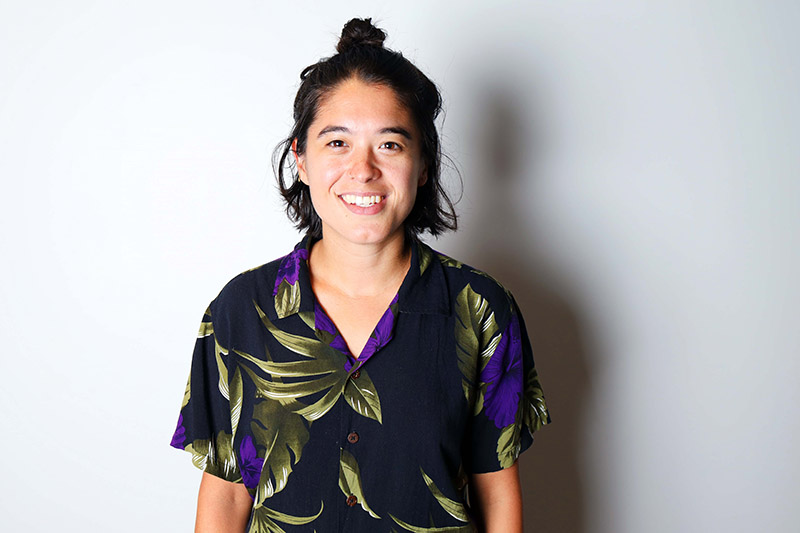Taking the Culinary Arts program was a dream. And when you dream about going to culinary school — or at least when I did — I imagined pulling a roasted rack of lamb out of the oven, folding the perfect French omelet or putting the final touches on a tiered cake during my time here.
And while I did make all those things, I found that, for me, the more interesting lessons weren’t the sexiest lessons or the big-ticket dishes. Learning about the foundations of cooking, the why’s behind certain techniques and the ingredients themselves proved to be the most interesting and educational parts of the program for me.
What are the five modules at ICE's Culinary Arts career program?
Here’s an overview of some of my favorite lessons from the five modules in the Culinary Arts curriculum*:
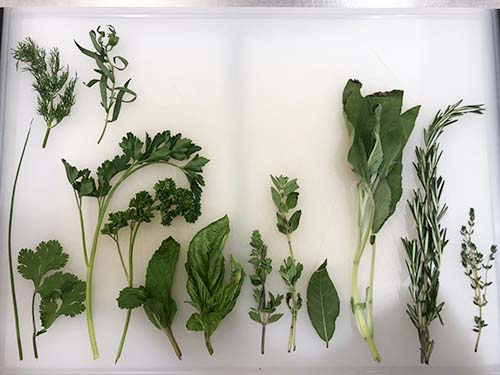
Module 1: Herbs 101
One of the earlier lessons in Module 1 was a primer on herbs. Chef Barb explained that herbs are the leaves of aromatic plants and that they can be used fresh or dried. She categorized them into three groups: beginning, middle and finishing, sharing when (and why) each should be added to the cooking process. Where the lesson really piqued my interest was when we examined each of the herbs, seeing, feeling, smelling and tasting each one. (I had never seen fresh marjoram or tasted tarragon!) Chef Barb encouraged us to memorize what each tasted and looked like, so that when we went to our externship site and the chef asked you to get cilantro, you don’t bring back parsley.
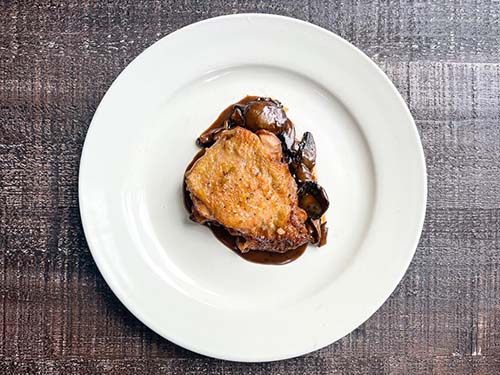
Module 2: Braising Overview
Braising is one of my favorite cooking techniques. It transforms tougher cuts full of connective tissue into fall-off-the-bone tender delights, and as an added bonus, it’s mostly hands-off. This technique also built on top of other fundamentals we had already learned, including mirepoix, stock making and searing. A dish we prepared was Braised Chicken Thighs with Mushrooms and Balsamic, and it incorporated shiitakes, creminis, oysters and portabellas. It was fun to try so many mushrooms in this heavenly, creamy sauce. (On my notes for the day, I have “TASTY!” written at the top!)
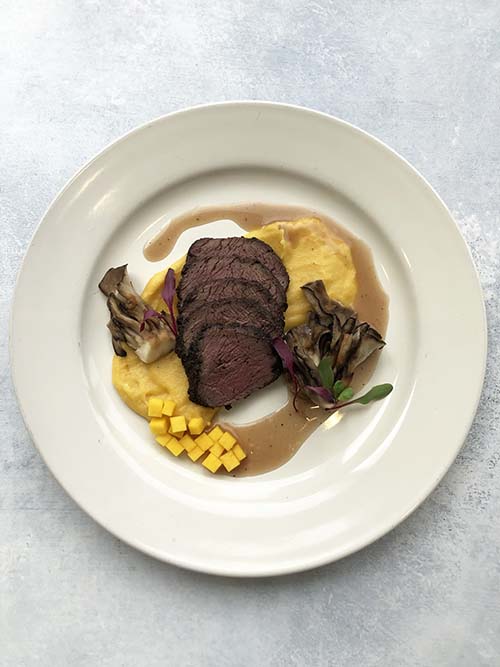
Module 3: Lessons in Plating
Though I’d cooked (and eaten) a lot of delicious foods at this point in the program, this was the first time I was exposed to the art of plating. This is the first impression the customer has of whatever they're served, and we learned about the importance of balance, color, shape, texture and flavor. The class split into teams to make the components of multiple dishes that we then assembled over the next couple of days. Chef Mike demonstrated each dish and then we played around and created our own versions. I was also surprised to learn that I really like venison.
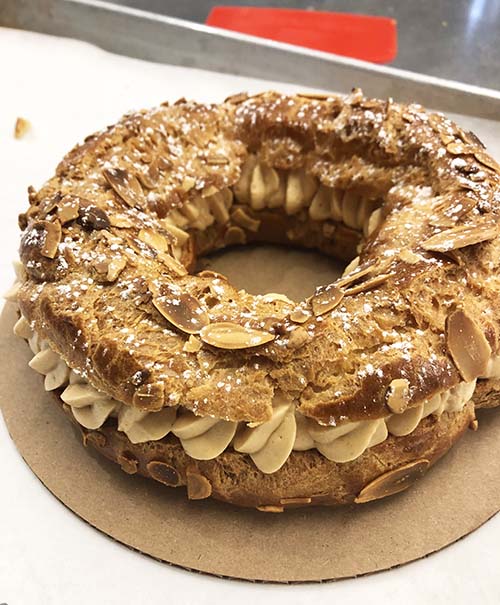
Module 4: Pâte à Choux
Having baked voraciously as a child (yes, I had an Easy Bake oven), I saw my childhood dreams realized from bagels to pretzels, tiered cakes, ice cream, Danishes, brioche and more. The standout lesson was when Chef Kierin taught us about pâte à choux. This dough can be used to make cream puffs, eclairs, gourgères and Paris-Brest. It’s interesting because it gets cooked twice, on the stovetop then in the oven, and the resulting pastry puffs up and is hollow — meaning it’s really all about the filling. We piped our pate choux into different forms, baked them, and filled them with chocolate and vanilla pastry creams and hazelnut praline (my favorite ingredient discovery in all of culinary school).
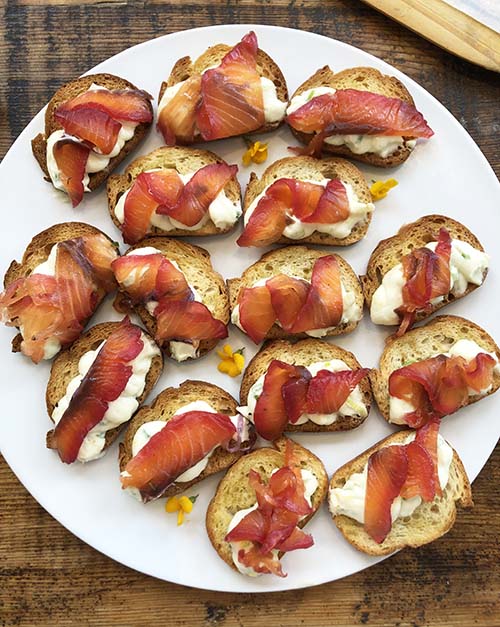
Module 5: Curing
In this module, we learned about fermentation and curing. Curing is when food is preserved in a salt mix, a dry method of preservation. We made beet-cured salmon, and it delivered. I was surprised that most of the ingredients were common pantry items like salt, sugar, coriander, dill and lemons. After letting the salmon cure for three days, we revealed a gorgeous pink-hued salmon fillet that we thinly sliced and served atop a whipped cream cheese. An easy way to elevate bagel and lox!
The last practice day before our final practical exam where Daniel Boulud tasted my dish and gave me feedback was also a huge highlight, but you can read about that here.
*The current curriculum of ICE's Culinary Arts career program sees four modules as opposed to five.




